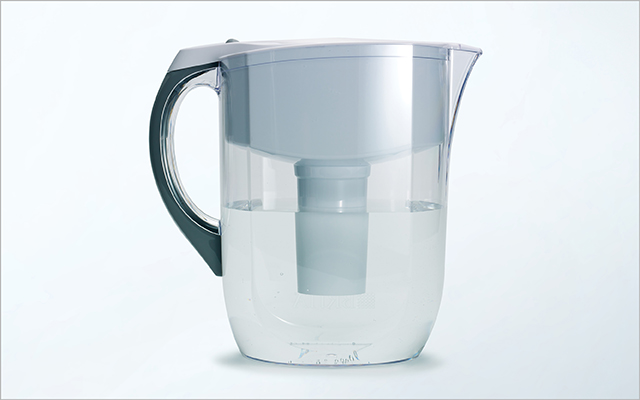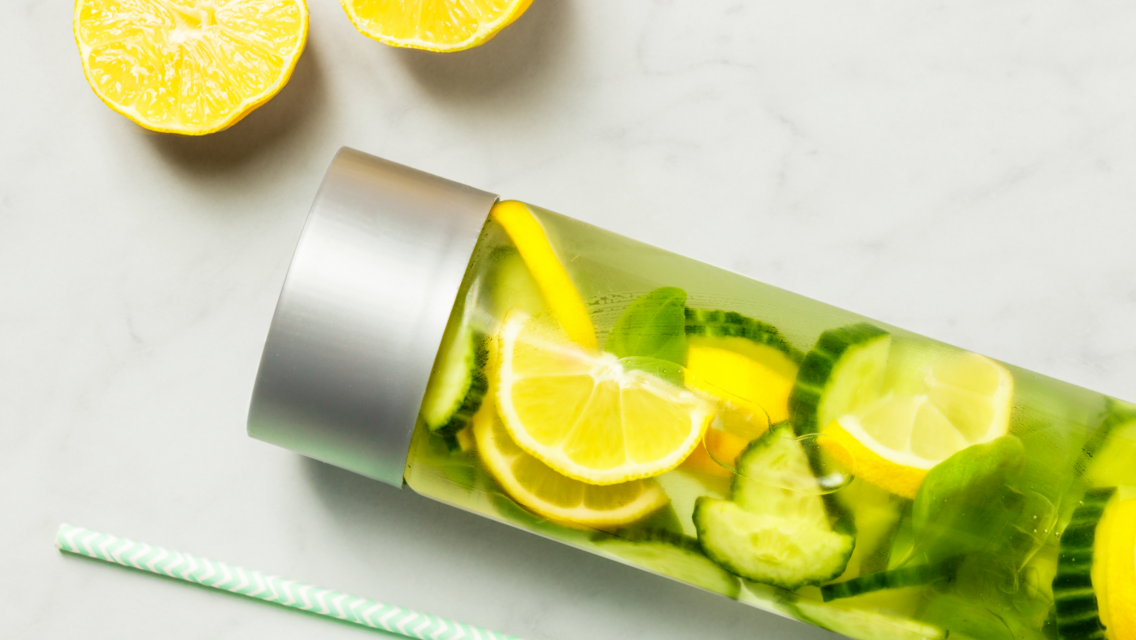1. Get your water-quality report.
Your municipal water company is required to publish an annual water report with up-to-date measurements of more than 90 possible contaminants. It will show if any of the contaminants exceeded the maximum contaminant level allowed by the EPA. Get your water-quality report by calling your municipal supplier or, in many cases, typing your city and state into the EPA website: www.epa.gov/ccr.
2. Test your home for lead.
Even if your water report doesn’t show high lead levels in your municipal water supply, lead pipes in your home (common in houses built before 1986) can also put you at risk for exposure.
To test your water for lead, ask your municipal supplier to send someone out; some suppliers will test your water for free. If that’s not the case in your area, you can buy a lead-testing kit from a hardware or home-improvement store. If you discover there is lead in your tap water, get an NSF/ANSI–certified filter to remove it (see step 3).
Other strategies for reducing lead when you’re away from home and can’t test the water: Run water until it’s ice cold before using. This flushes water that has been sitting in the pipes, which contains the greatest amount of lead. Never consume hot water from lead pipes.
3. Pick your target and purchase your filter.
Water-filtration systems vary widely in price and purpose, but be sure that the filter you choose is NSF/ANSI approved, says Mary Grant of Food & Water Watch. NSF International develops public-health standards globally. Use its filter guide to locate the type of filter (filtration, distillation, reverse osmosis, etc.) required for specific contaminants: bit.ly/1Gq54BB.
Go-To Filters
Carafe or Pour-Through Filters: Carafes and pitchers fitted with carbon filters are the most convenient and inexpensive options for filtering water. They reduce most common contaminants and improve the taste and smell of tap water, but many of them don’t remove lead or chloramine, a byproduct of water disinfection.
Faucet-Mounted Filters: Like carafe filters, faucet-mounted filters are simple to install and usually inexpensive, though they can slow the flow of water. They’ll improve tap-water taste and smell and remove most common contaminants.
Countertop Filters: These can be easier to use over time than faucet-mounted or carafe filters, since they don’t clog as easily. They are similarly effective.
Plumbed-In Filters: These filters are placed directly in your pipes and can dispense filtered water through a separate tap.
Whole-House Filtration: Installed in the water main, these are generally the longest-lasting systems. They filter all the water in the house, but may not remove as many common contaminants as other types of filters.
This originally appeared in “Truth on Tap” in the June 2017 issue of Experience Life.




This Post Has 0 Comments